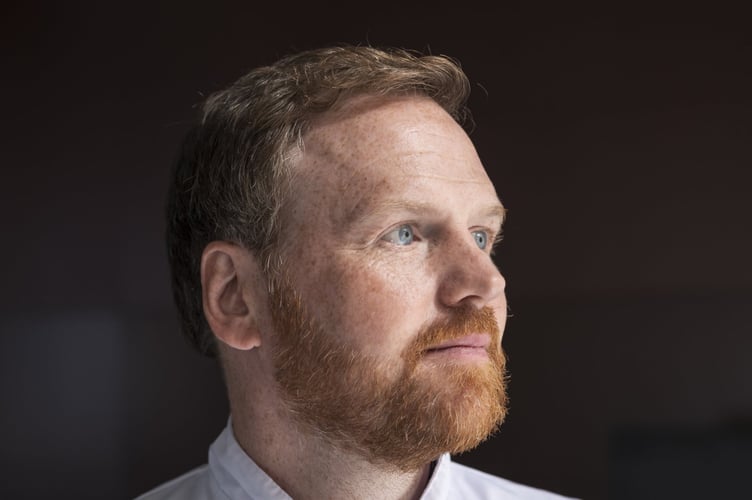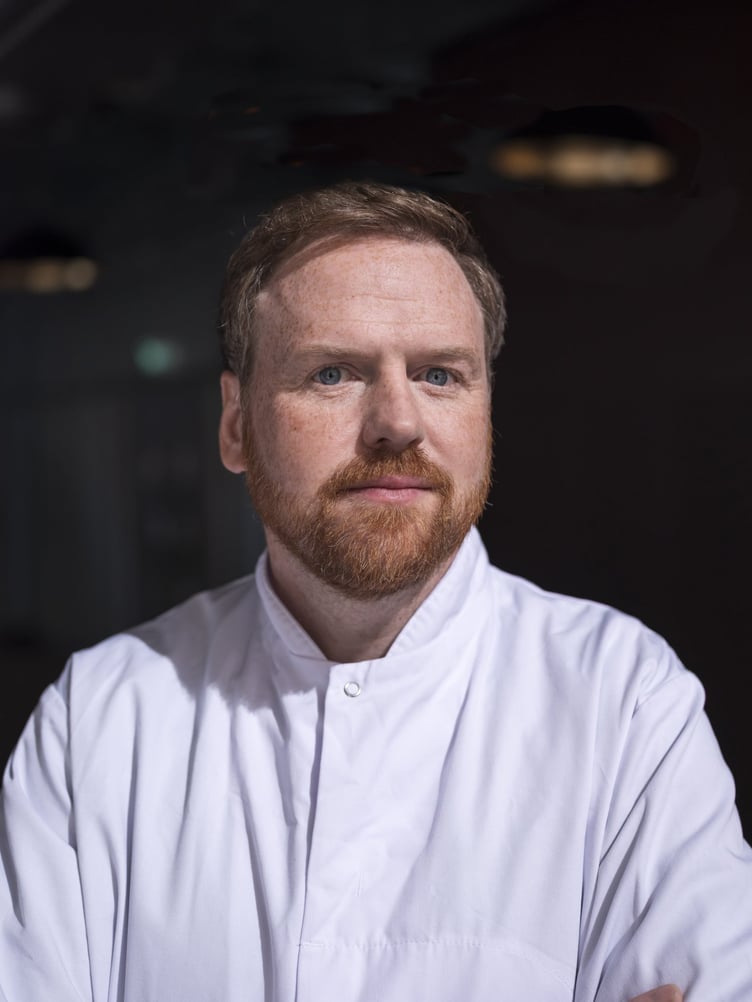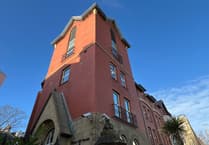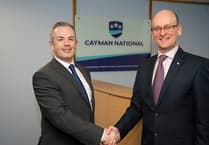Manxman Daniel Kerruish has been acclaimed for his work on the history of Guinness.
He has confirmed that the company has been using the same ingredient to put the fizz into its stout for the past 120 years.
Along with adding flavour, yeast is used to brew beer because it converts the sugars from the malt into alcohol and carbon dioxide, providing the beer with its alcohol and fizz.
Now scientists at Diageo, the parent company of Guinness, have discovered yeast used to make the stout synonymous with Ireland is genetically distinct from the yeast used to make other Irish beers.
The team was led by Diageo Group microbiologist Dr Daniel Kerruish, who traced the origin of the yeast used in the production of Guinness back to a yeast from 1903.
The Guinness brewery kept a record of the strains of the beer-making organism since a yeast library was established at the St James Gate headquarters in Dublin at the turn of the 20th century.
Dr Kerruish now lives in Ireland with his wife Diane and their two sons.
He grew up in Agneash and Laxey and he went to Ballakermeen High School in Douglas.
He has worked as a brewer for both Okell’s and Bushy’s in the Isle of Man and he is still strongly attached to the island.
His father was the late First Deemster and Clerk of the Rolls, Michael Kerruish, and his mother is Marianne Kerruish, a Laxey commissioner for many years.
He said: ‘I am very much connected to the Isle of Man.
‘I try to head home every two months.’

His report on Guinness’s yeast was published in the communication biology journal. They examined the genetic origins of 22 strains of brewer’s yeast known as saccharomyces cerevisiae which is a key part of beer production.
This included 16 different yeasts used in brewing Guinness over the years and six different yeasts used to make other ales.
It was found the Guinness yeast used today is related to the first deposited Guinness yeast which is called the 1903 Watling Laboratory Guinness yeast.
‘We found that the Guinness yeast are unique,’ said Dr Kerruish.
‘Guinness established a yeast library at St James’s Gate in 1903, collected from our own breweries and beers. We also keep reference strains in our Guinness Diageo library.
‘The Guinness yeast we use has remained unchanged since the library was first created in 1903.’
The secret behind the brewery, which makes two million liters of Irish stout every single day was recently featured on the BBC2 series Inside the Factory.
Historically, the study said distinct beer styles were associated with specific geographical regions based on the availability of raw materials and the mineral composition of the water supply.
It added that specific yeast strains were selected to enhance and meet the desired beer style qualities.
Dr Kerruish said yeast is a key ingredient of Ireland’s most famous stout.
‘Yeast is one of four ingredients in Guinness, all of which contribute to its unique flavour. It is the only yeast that can create our signature Guinness flavour.
‘The historical and genotypic data suggests that the Guinness yeast is very old. We can say for definite that it is the same yeast used since 1903, but we believe it is much more likely older than that.’
He said they used whole genome sequencing to examine 16 current and historical Guinness yeast as well as six other Irish yeasts used to brew ales.
‘We used cutting edge molecular biology tools and classical microbiology, as well as our brewing knowledge, to sequence a total of 22 yeast using Illumina and Minion whole genome sequencing.’
In the 1980s, he said the yeast began to be stored in liquid nitrogen. Yeast is one of the four ingredients of beer so a yeast has been used in every beer made at St James’s Gate.
‘Today the Guinness yeast is stored at -196 degrees Celsius in liquid nitrogen in the St James’s Gate yeast library. We use this culture as the starting point, growing the culture up to a concentration where it can be pitched into a brew.’
Dr Kerruish told the Examiner: ‘I’ve always been fascinated with the idea of using microbes to make things.
‘For example in my PhD thesis I was looking at how bacteria can be used to clean up oil spills.
‘Once I’d finished my studies I wanted to move back home and brewing seemed like a logical next step. I was assistant brewer for Okell’s to begin with and then latterly moved to Bushy’s before taking up a research position at the University of Nottingham’s brewing and bioenergy department in 2010.’
He took up his present position as Diageo Group microbiologist in 2015 and moved from London to Dublin, where he had been working managing two yeast laboratories – one in London and a second in Copenhagen.
‘For a brewer working for Diageo is a privilege. I’ve worked on lots of micro-related things in beer, whisky, soft drinks and non-alcoholic products, and I’ve been fortunate enough that Diageo and the Guinness Brand Team have sponsored the Guinness yeast research,’ he said.
Dr Kerruish has a degree in microbiology from the University of Liverpool and a PhD in molecular microbiology from Kings College, London.
He is an honorary associate professor at the University of Nottingham, a visiting lecturer at Heriot Watt University, a lecturer in brewing microbiology at TU Dublin Technological University, a tutor for the Institute of Brewers and Distillers and a member of the European Brewing Congress Microbiology subcommittee.





Comments
This article has no comments yet. Be the first to leave a comment.